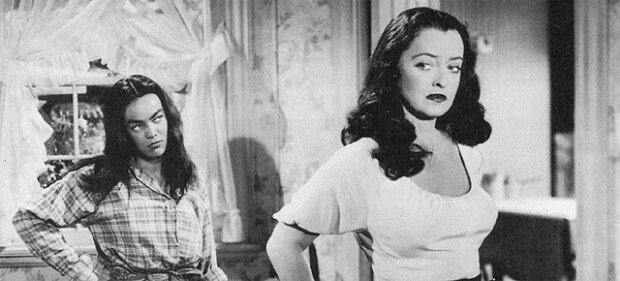Why do only white women glare in classic movies?
Why do only white women glare in classic movies?
Posted June. 06, 2020 07:46,
Updated June. 06, 2020 08:49


“She seemed to rise from the ground; her cheeks wore a paler hue, - her eyes had a deep, divine radiance, a golden halo seemed around her head.” Quoted from “Uncle Tom's Cabin,” Harriet Beecher Stowe's novel published in 1852, this phrase is just one of many examples of how white women have been visually idolized in photography and movies. As white women are described as a glaring creature with a breathtaking presence, they have served as a symbol of racial whiteness. Lighting and makeup artists in visual arts have strenuously devised ways to make white-color skin look all the more white by maximizing radiance and removing grease and oil on the skin. The bright rays on women of white ethnicity imply virtue, purity and affection.
The book's author, a film major, takes a close look at how racial whiteness, which has claimed privilege across Western culture, has repeated its presence particularly in movies, photography and visual arts and helped solidify social unfairness. Since first published in 1997, the book has built widespread fame as a classic of research on white identity.
Starting with ethnic whiteness, the author picks apart the white supremacy of, either consciously or not, regarding white people as the epitome of the human race. Around the time the book was released in 1997, less focus was placed on the white race than the racial characteristics of non-white people and discrimination against them. As being white would be considered one of the most common traits of human beings, whites were not seen as a mere ethnic group among the many but a representation of the entire human race.
White ethnicity comes down to the color. Technically saying, white people do not have a particular skin color that is literally white, but rather their skin colors are varied. Nevertheless, the word “whites” is more widely used than “Caucasian.” The color of whiteness symbolizes light, neutrality, morality and enlightenment. After late Renaissance religious artists started to portray Jesus Christ as white, he was completely turned into a blue-eyed man of brightly white skin color, a further step from merely ridding him of Jewish identity by the 19th century. To imprint an evidently desirable image of white color on audiences’ minds, the movie industry with Hollywood films on the forefront invented lighting techniques that maximize the charms of white skin actors. Such a white-favored lighting system makes it hard for people of colors with little light reflection to look as attractive as they really are.
At a time when racial discrimination is fueling public rage not only across the United States but also in other parts of the world, it seems timely to look into the root of white identity, which has driven the culture of racial discrimination. A bunch of stories and examples are elaborated in the book to provide readers with a window into the behind-the-scenes cultural mechanism for making whiteness one of the most universal standards of the human race.
teller@donga.com







